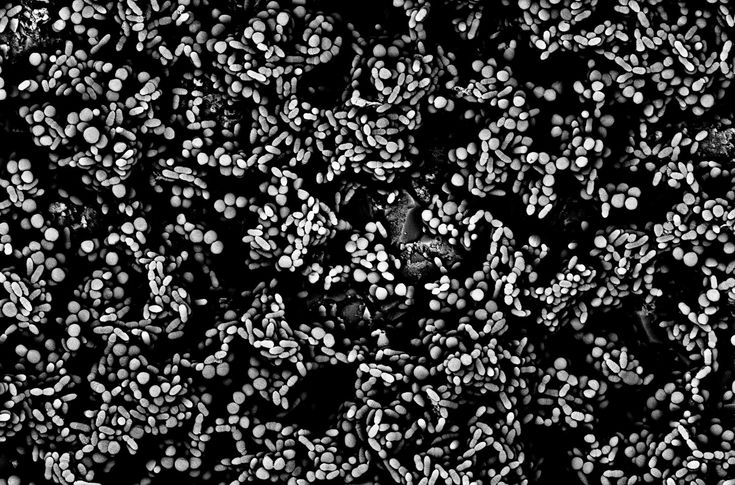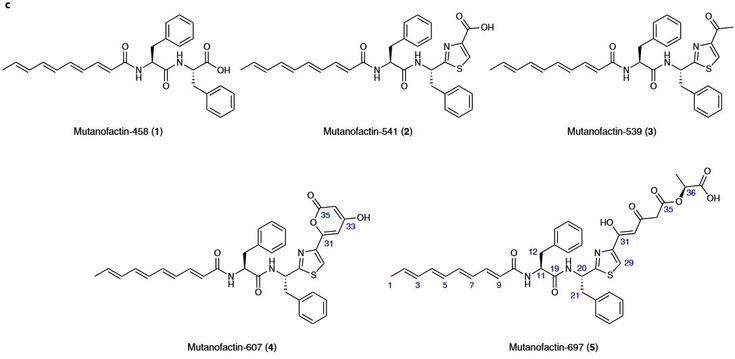Mutanofactin - A molecular adhesive in cariogenic microbial biofilms?
SUPERVISOR: Erik REIMHULT
PROJECT ASSIGNED TO: Konstantin Nikolaus BEITL
Dental caries is a multifactorial oral biofilm disease linked to other systemic illnesses. It greatly reduces the quality of life for the majority of people worldwide, especially when it becomes chronic. Tooth decay is intimately linked to the establishment of an oral biofilm consortium on the tooth surface, in which Streptococcus mutans (S. mutans) plays a key role. Mutanofactins (MF) are recently discovered small-molecule secondary metabolites of S. mutans.
The overall aim of this project, researched by a consortium of the BOKU Department of Nanobiotechnology, the BOKU Department of Chemistry, and the ETH Zürich Department of Chemistry and Applied Biosciences, is to understand the effects of different MF variants on the formation of single- and multi-species dental biofilms. My focus is on how MF affects biophysical properties like cell surface hydrophobicity (CSH), bacteria adhesion, and biofilm structure. Additionally, we will study the binding of MFs with molecules from the biofilm extracellular matrix (ECM) and the bacteria surfaces.
I will use cryo-SEM and confocal laser scanning microscopy as powerful tools to study biofilm structure. Isothermal titration calorimetry will be used to quantify MF binding to macromolecules from the ECM and cell surface. Methods like microbial adhesion to hydrocarbons and freeze-fracture shadow-casting allow the quantification of changes in CSH. The resulting deep understanding of the effect of MF on cariogenic biofilm formation made possible by these investigations could lead to novel therapeutic strategies against this common disease with huge societal and economic importance.

Figure 1: S. mutans biofilm on hydroxyapatite

Figure 2: Five different mutanofactin variants (https://doi.org/10.1038/s41589-021-00745-2)
